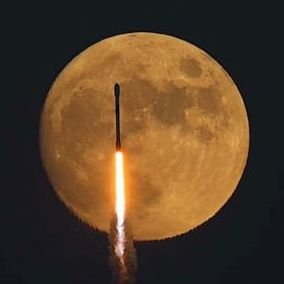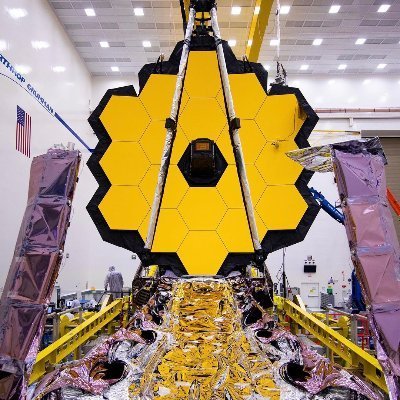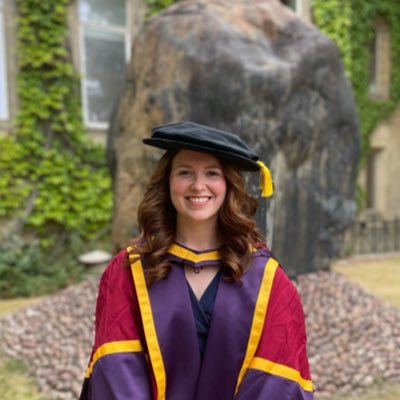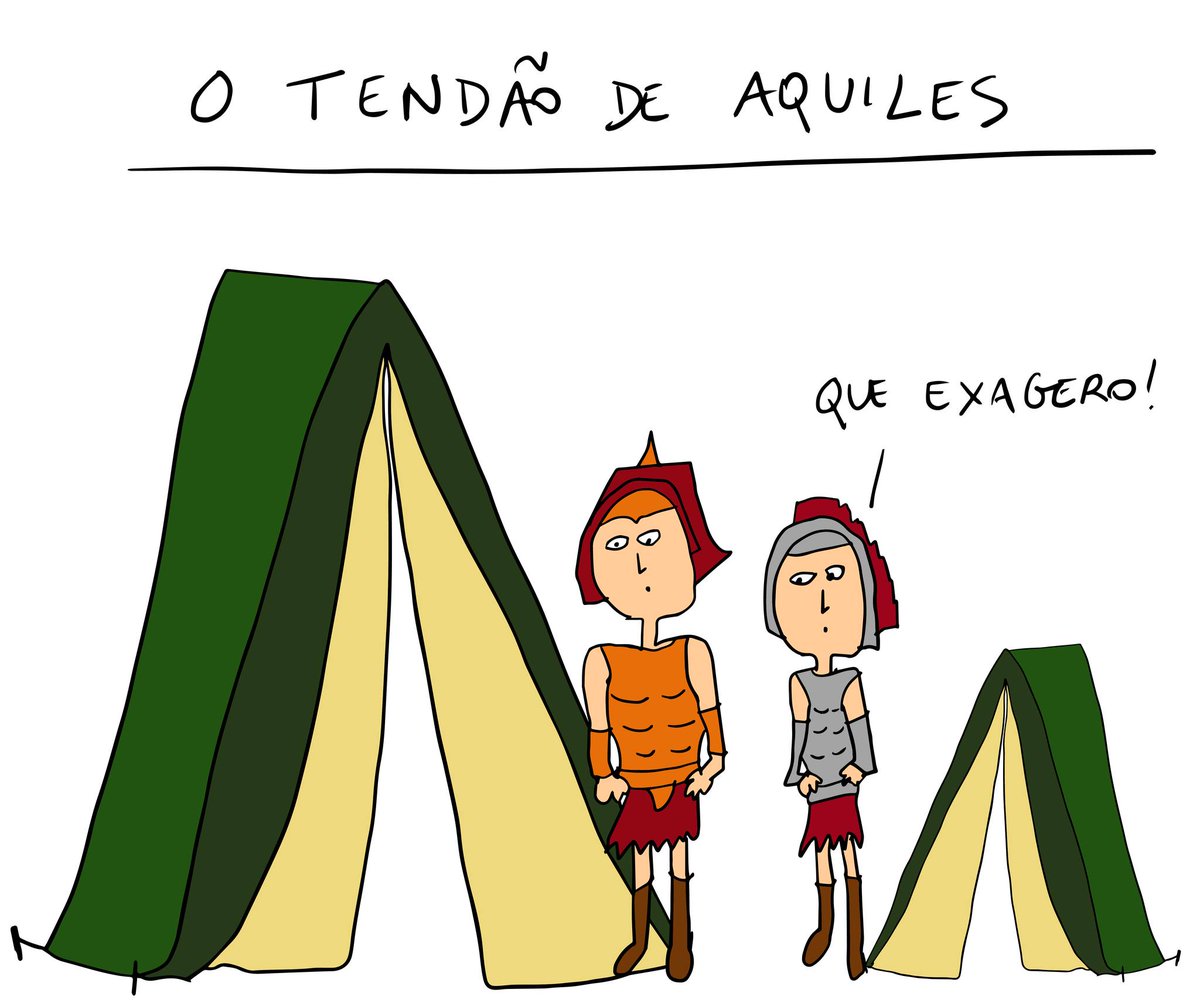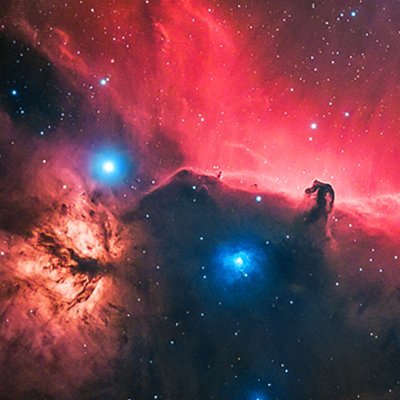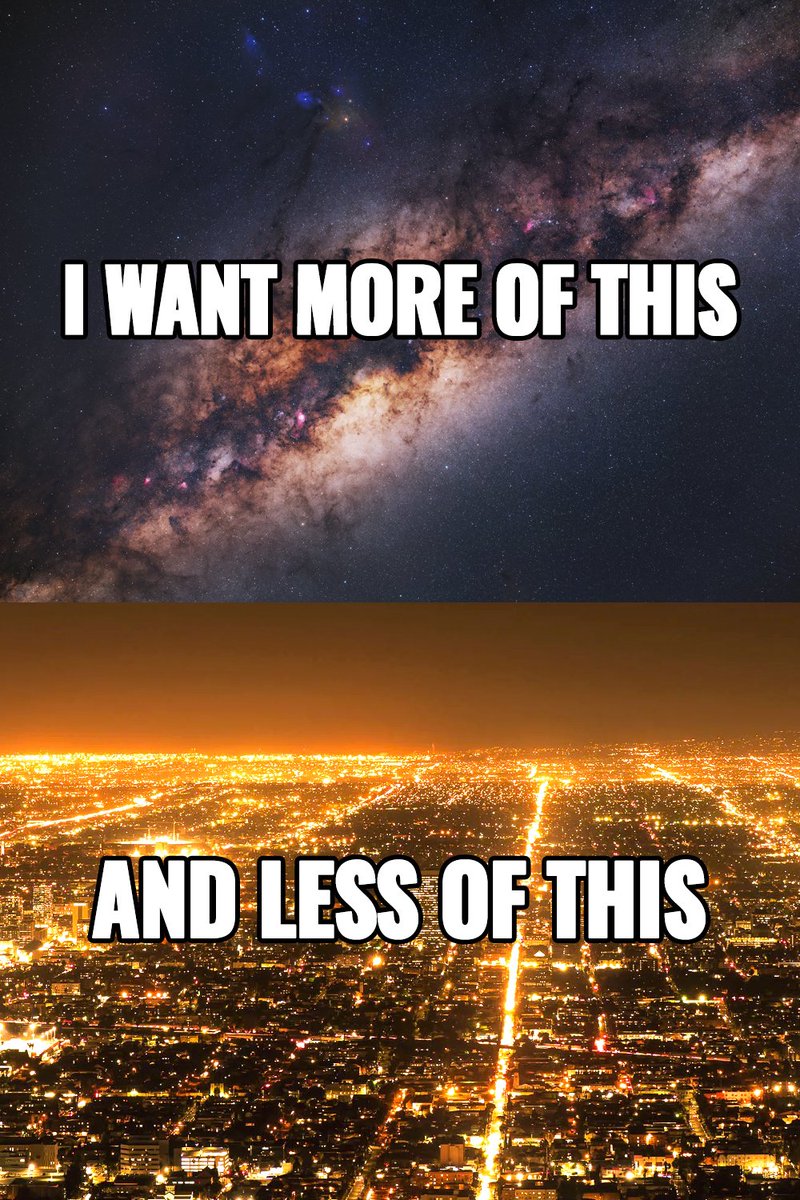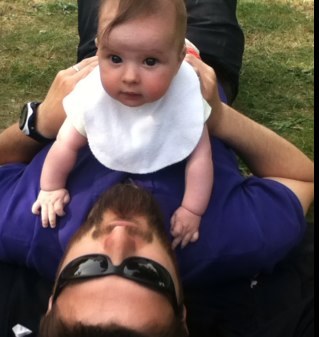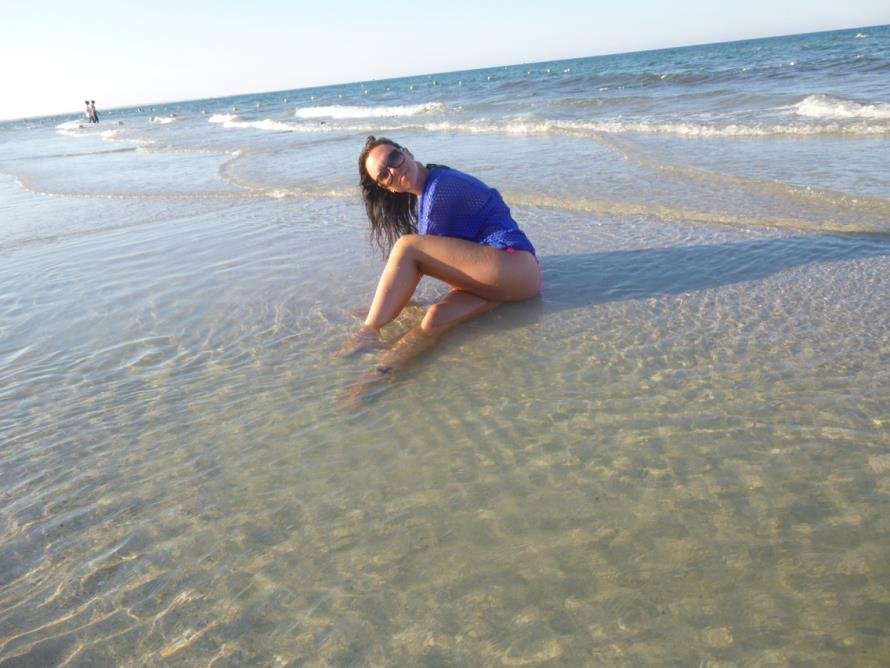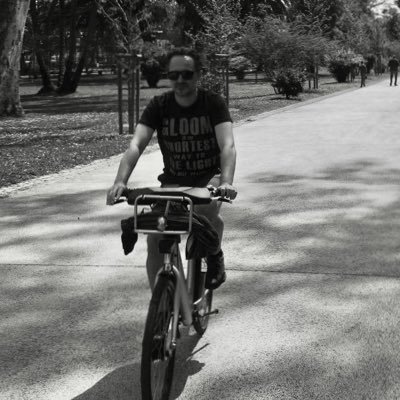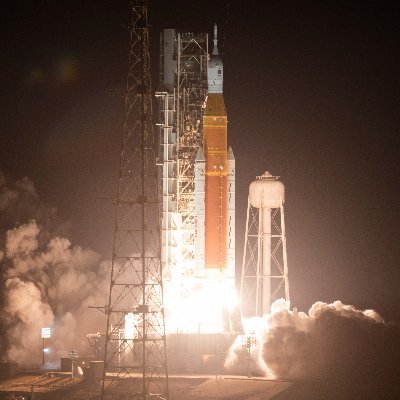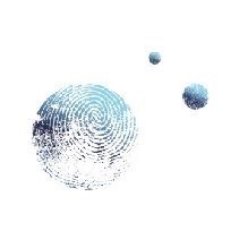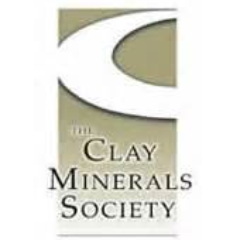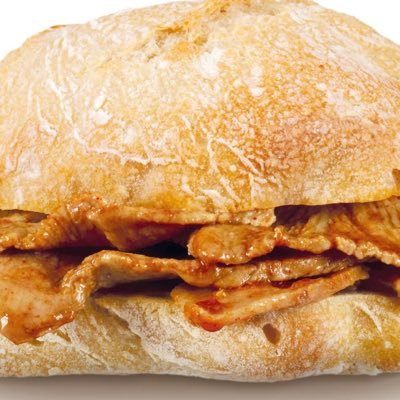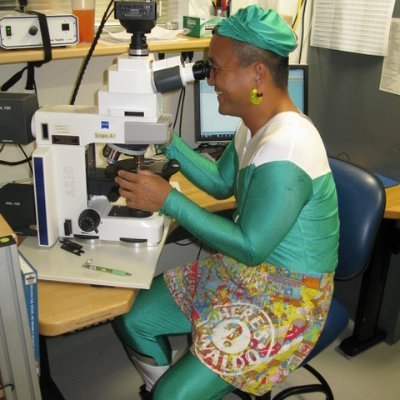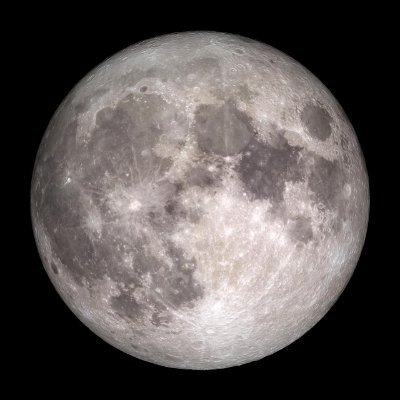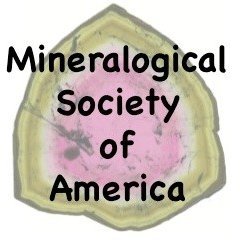Similar User

@_luanasabin0_

@anafilipa90

@catarina5lima

@_lucasprocha

@Carol_V11

@Carolinacunha08

@Tiago30244031

@dijsousa15

@rita_f32

@Pedpizao

@camilabccx

@zikuh10

@sarasousa_25

@ines_gfs

@Anaribeiro_1213
⌚️U-Pb garnet dating could be your new best friend. See how Bartoli et al. (2024) recently used this novel geochronometer (with as low as 4 ppb U!) to fill gaps in the temperature-time record of high-grade metamorphic rocks in the Ivrea-Verbano Zone. academic.oup.com/petrology/arti…
Isto é incrível! O que antes parecia impossível tornou-se realidade hoje, diante dos olhos de quem quisesse assistir, ao vivo e em cores. Suoer Heavy devidamente capturado pelo Mechazilla!
In just 2 days, #MissionToPsyche will celebrate our 1-year launch-iversary! The spacecraft launched on a SpaceX Falcon Heavy rocket. @NASA 's Psyche spacecraft is on its way to (16 Psyche, a metal-rich asteroid orbiting the Sun between Mars and Jupiter. psyche.asu.edu

Thrilled to share that today I start my new role as Interim Curator, Petrology (rocks) @NHM_London ! 🌍🪨🔬 To celebrate here’s a picture of a cool petrology specimen we have on display in the museum- a granite with a xenolith! 🌋

Timelapse flying by Hurricane Milton about 2 hours ago. 1/6400 sec exposure, 14mm, ISO 500, 0.5 sec interval, 30fps
Researchers at @NorthwesternU University captured the formation of nanoscale water bubbles as hydrogen and oxygen combined in real-time. Using a new method involving nanoreactors and electron microscopes, the team observed how palladium helps generate water from these gases. This…
Big thanks to @OCBizJournal for covering our story! 💥 We’re stoked about the progress we are making and the milestones we are crushing along the way. ocbj.com/technology/ast…
My cousin found this and I think it’s the most delightful thing I’ve seen all week.

SpaceX engineers have spent years preparing and months testing for the booster catch attempt on Flight 5, with technicians pouring tens of thousands of hours into building the infrastructure to maximize our chances for success



Ayer se celebró el Día Internacional de los Ríos #RiverDay por eso, hoy os proponemos un #IGEOquiz fluvial! Comenzamos

BREAKING 🚨: Earth will temporarily have a mini-moon for two months On Sept. 29 an asteroid known as a ‘mini-moon’ is expected to make a single orbit around Earth and leave on Nov. 25th

Our new study on Eoarchean granulites (>3650 Ma) from southwest Greenland 📜 Former melt films 🔥 very old garnets ⌛️ and beautiful anatectic zircons ✨constrain Eoarchean P–T–t. Get your free copy here 👇👇 sciencedirect.com/science/articl…

☄️💥Woah! Newly discovered 1-1.5m asteroid 2024 RW1 (spotted by near-Earth asteroid hunters in the US) burns up above the Philippines just hours after it was first seen. This asteroid wasn’t a risk. But if it was, a duck-and-cover warning was possible.
PETITION TO TURN OFF CITY LIGHTS FOR A DAY JUST SO HUMANITY CAN EXPERIENCE THE SKY
Look closely 👀 These “leopard spots” on a Martian rock are clues pointing to possibly the best signs of ancient microbial life we’ve found yet on Mars. To know for sure, we need to study the rock in labs on Earth. More on @NASAPersevere's findings: go.nasa.gov/4bZaB6p
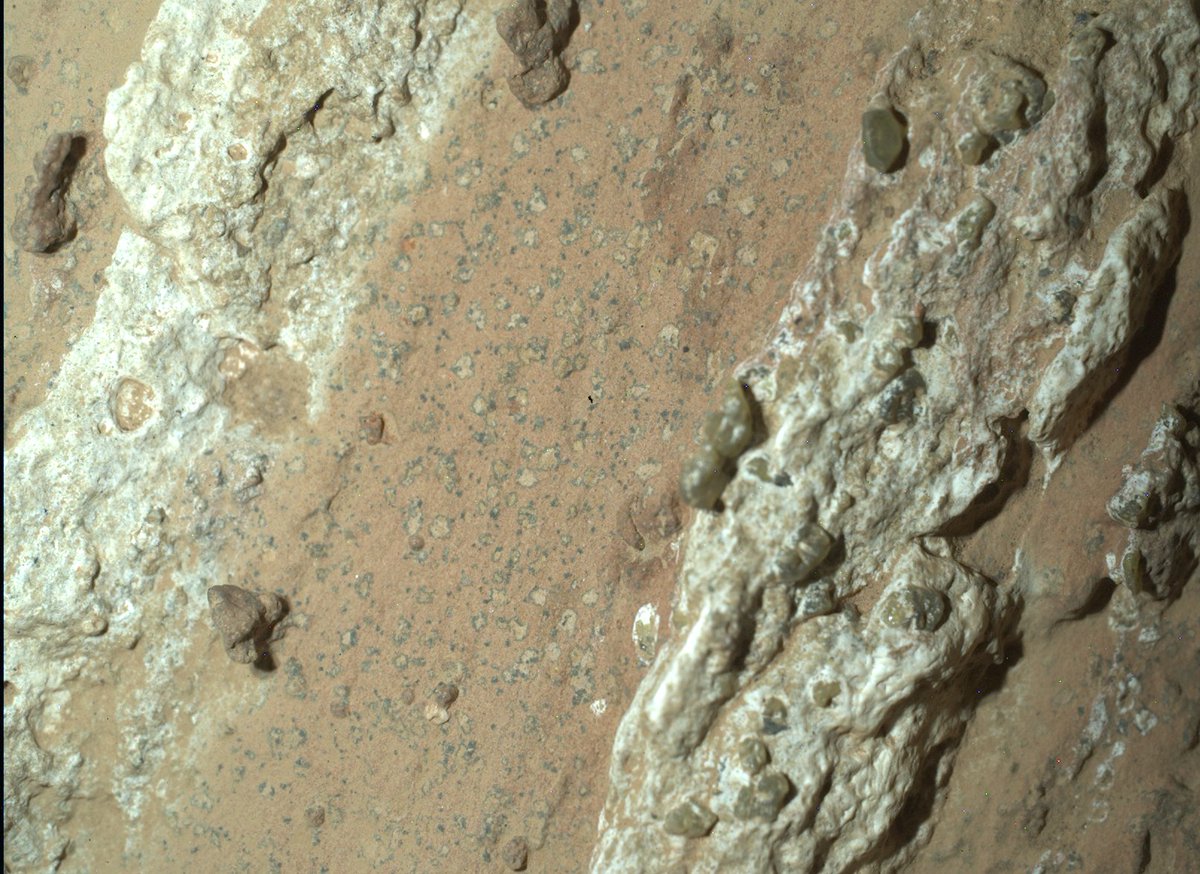
The lower crust is strong and can generate earthquakes during continental collision. This happened 420 million years ago, when Baltica and Laurentia collided to form the mighty Scandinavian Caledonides. Watch @sheared_sash telling us how it happened. 👇🎬🎥⛏️🔬⛰️
Straight from the Goldschmidt Lab at UiO we present to you @sheared_sash giving a rundown on his latest paper: Dating fossil lower-crustal earthquakes by in-situ apatite U-Pb geochronology mn.uio.no/njord/english/… Enjoy!! 🍿 🎥
United States Trends
- 1. soobin 99,9 B posts
- 2. Cowboys 72,4 B posts
- 3. KADOKAWA 39,2 B posts
- 4. Fultz 1.730 posts
- 5. Clippers 12,3 B posts
- 6. Eliza 13,9 B posts
- 7. #EeveeDay N/A
- 8. Jerry 42,1 B posts
- 9. Norman Powell 2.134 posts
- 10. #پاکستان_میری_پہچان 1.089 posts
- 11. Eevee Evolution N/A
- 12. sabrina 115 B posts
- 13. FromSoftware 5.241 posts
- 14. The Herta 29,2 B posts
- 15. Nancy Mace 20,6 B posts
- 16. #AskShadow 7.714 posts
- 17. Mixon 18,3 B posts
- 18. Cooper Rush 12 B posts
- 19. Dyson Daniels 2.941 posts
- 20. Astrid 13,9 B posts
Who to follow
-
 Luana
Luana
@_luanasabin0_ -
 ana filipa
ana filipa
@anafilipa90 -
 𝑏𝑒𝑙𝑖𝑛ℎ𝑎
𝑏𝑒𝑙𝑖𝑛ℎ𝑎
@catarina5lima -
 Lucas Rocha
Lucas Rocha
@_lucasprocha -
 Carol
Carol
@Carol_V11 -
 Carolina
Carolina
@Carolinacunha08 -
 Tiago
Tiago
@Tiago30244031 -
 Diogo Sousa
Diogo Sousa
@dijsousa15 -
 ®️
®️
@rita_f32 -
 Pedro
Pedro
@Pedpizao -
 camila
camila
@camilabccx -
 Zico
Zico
@zikuh10 -
 Sara
Sara
@sarasousa_25 -
 •ines•
•ines•
@ines_gfs -
 Ana Ribeiro
Ana Ribeiro
@Anaribeiro_1213
Something went wrong.
Something went wrong.

